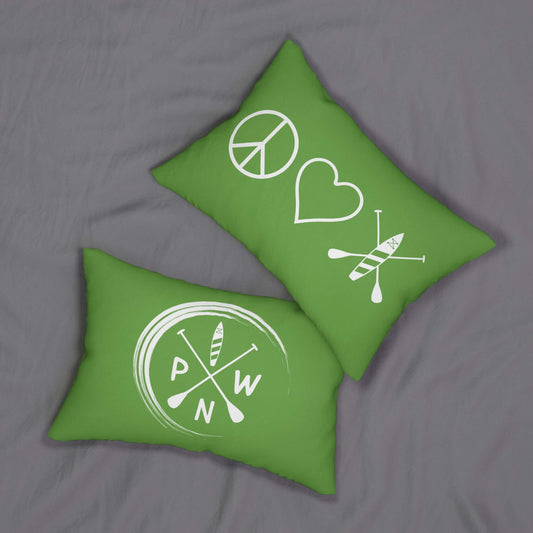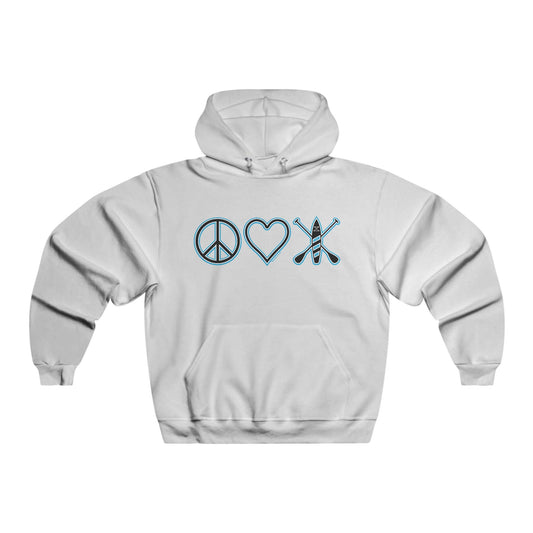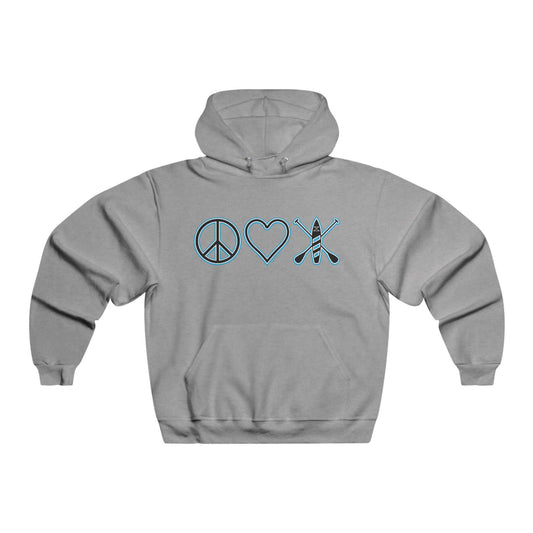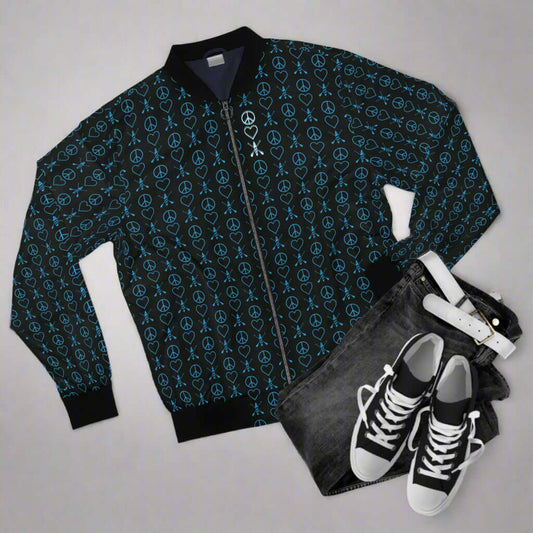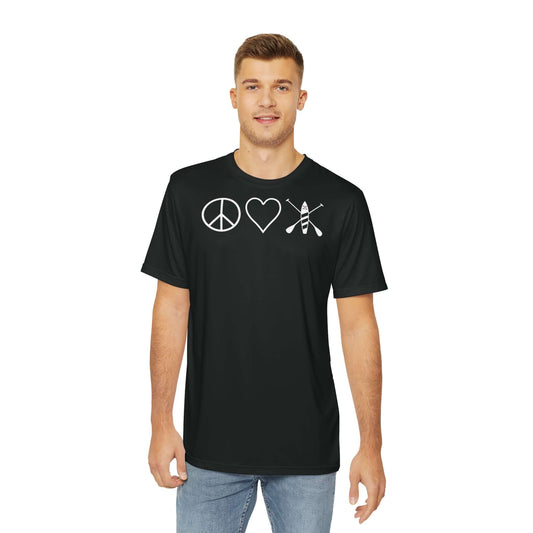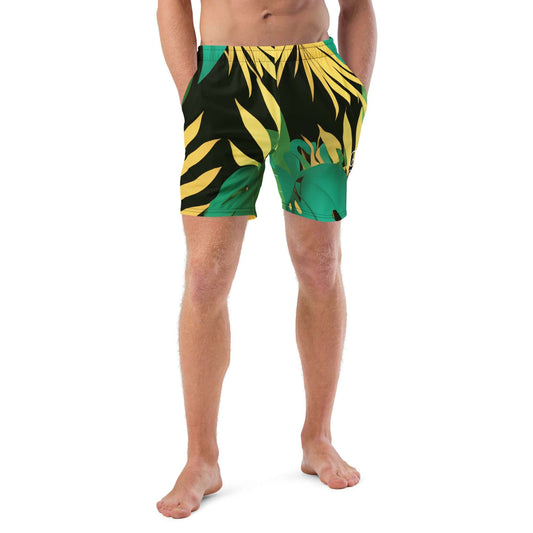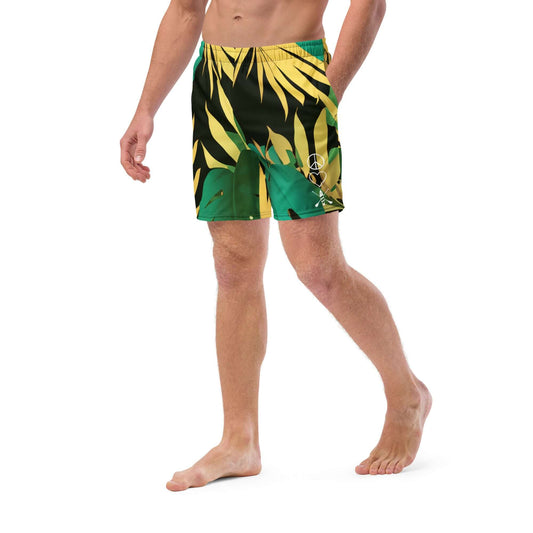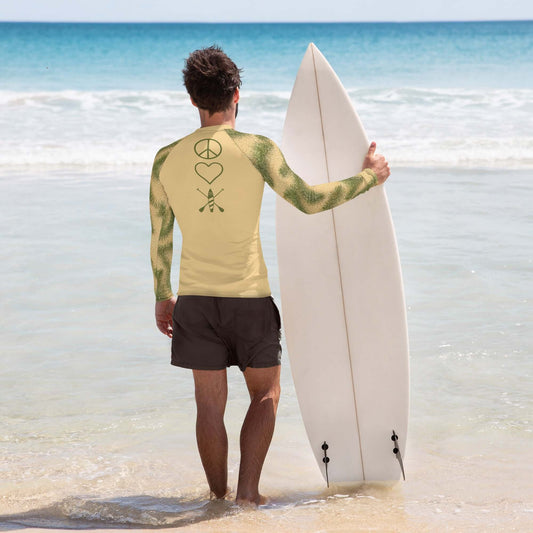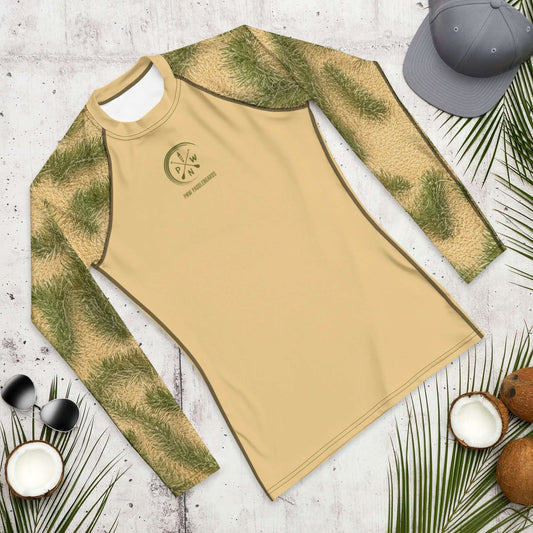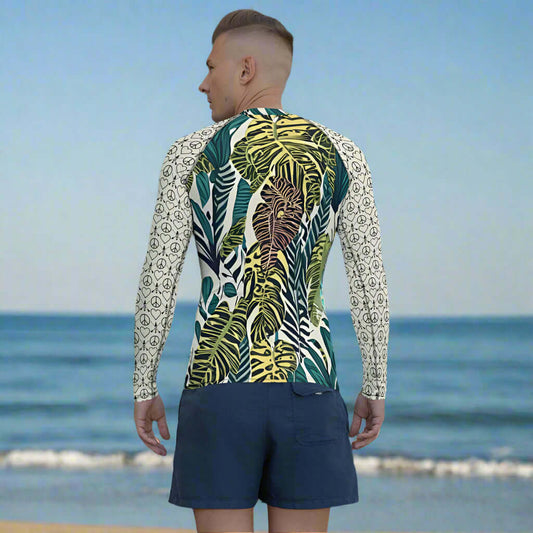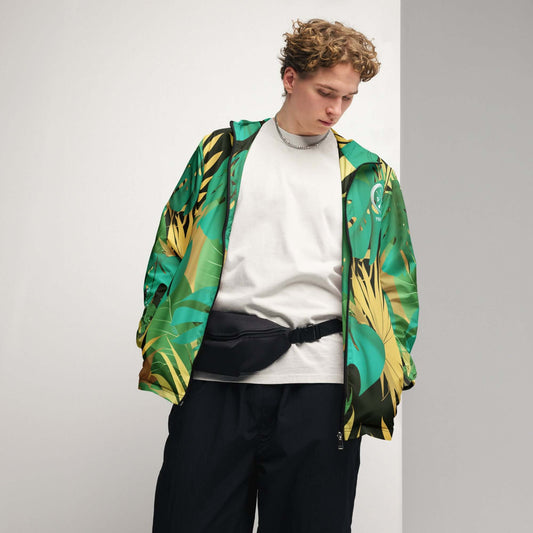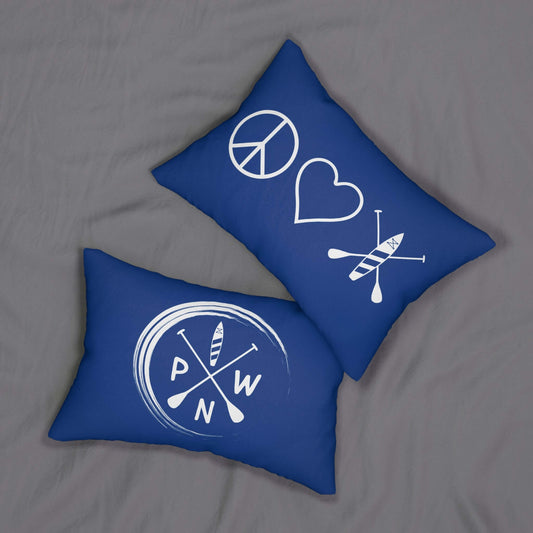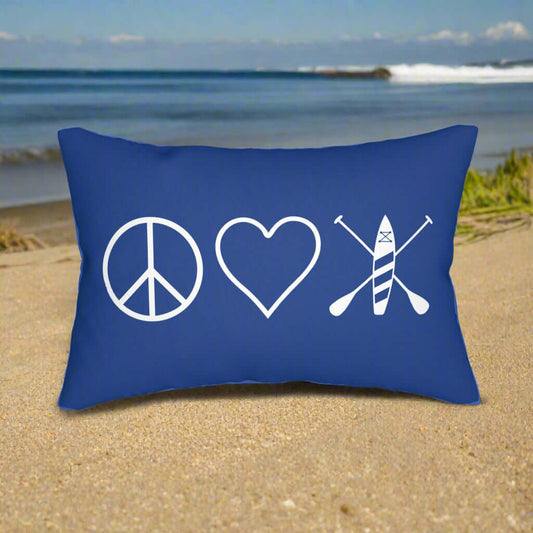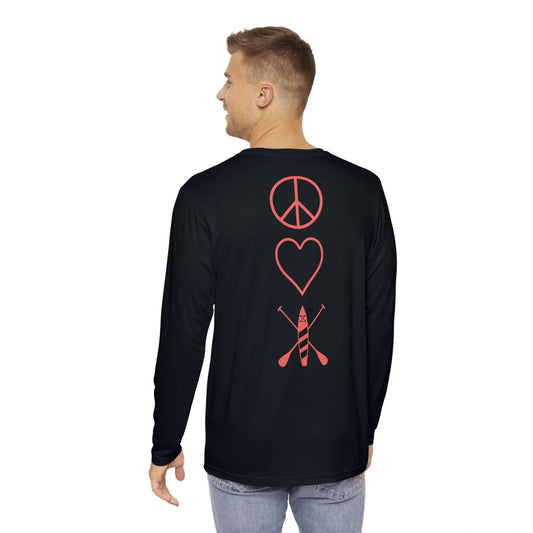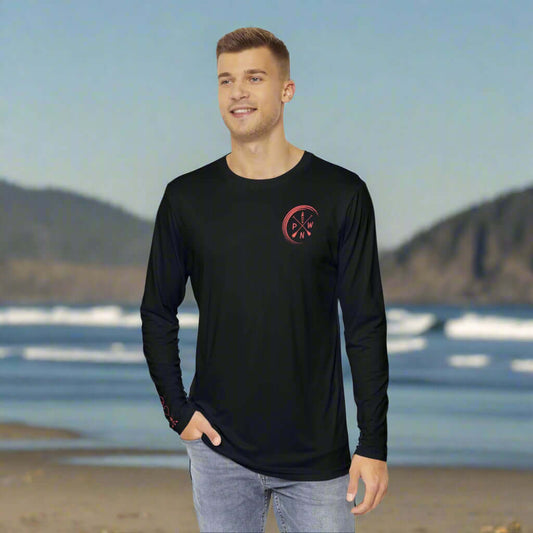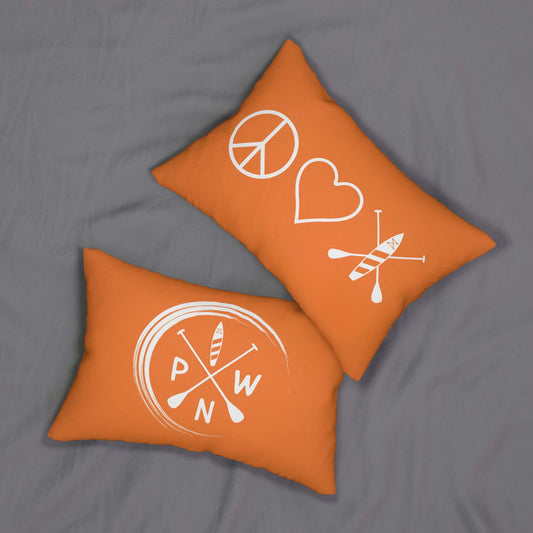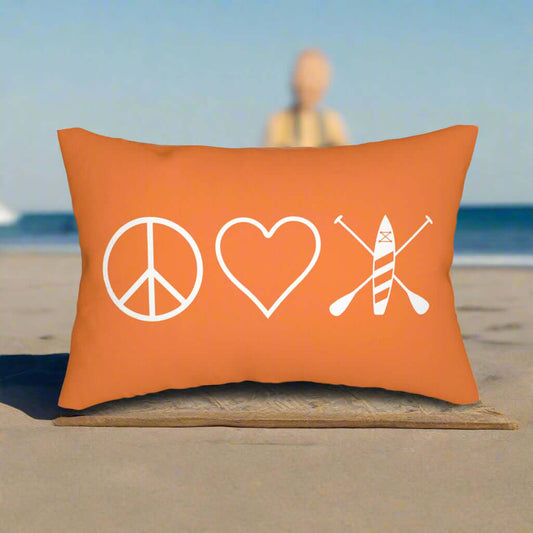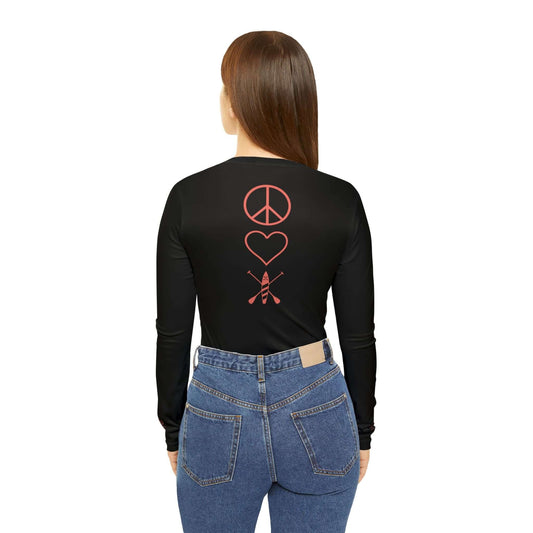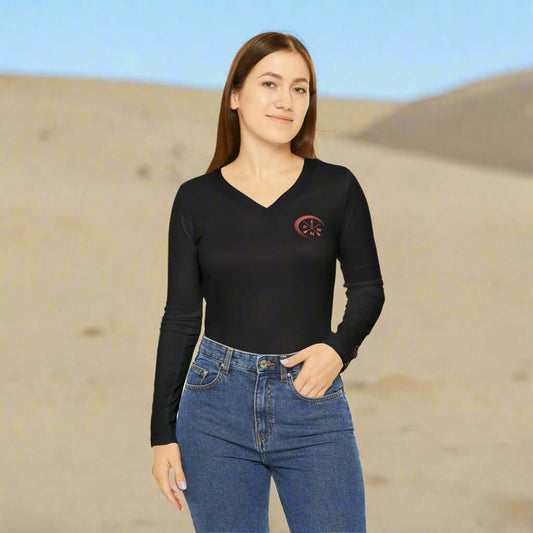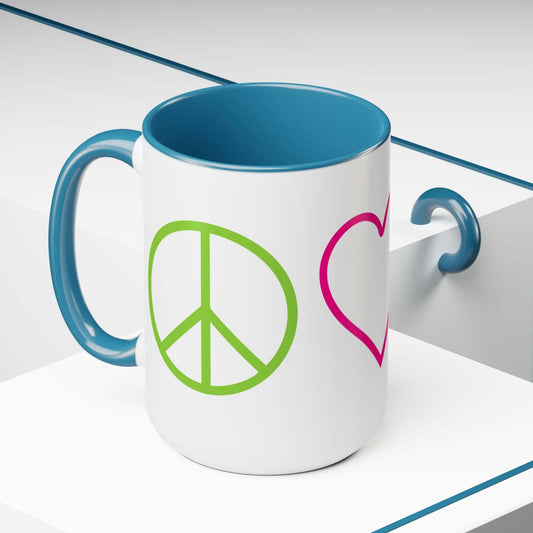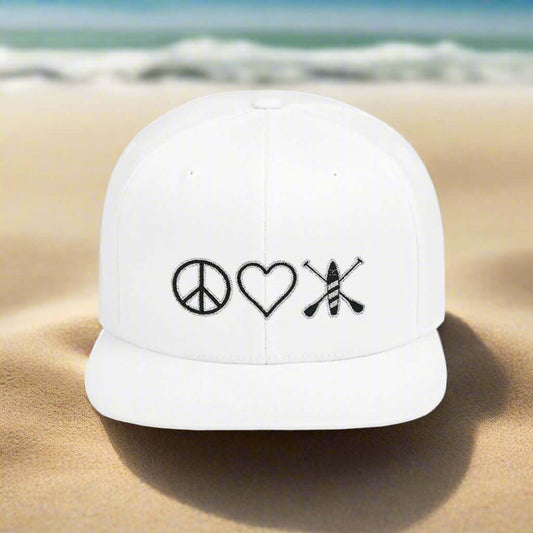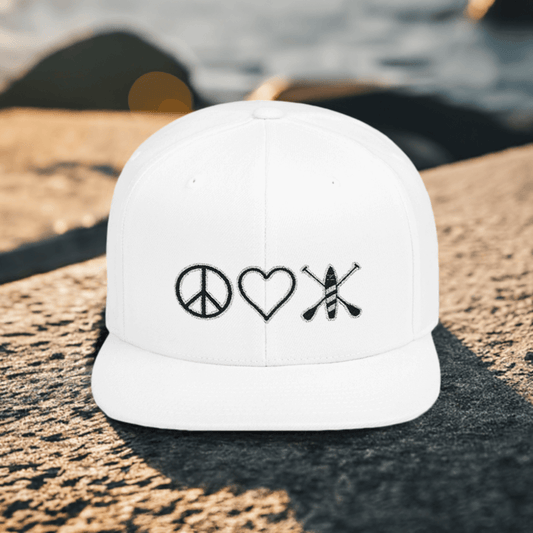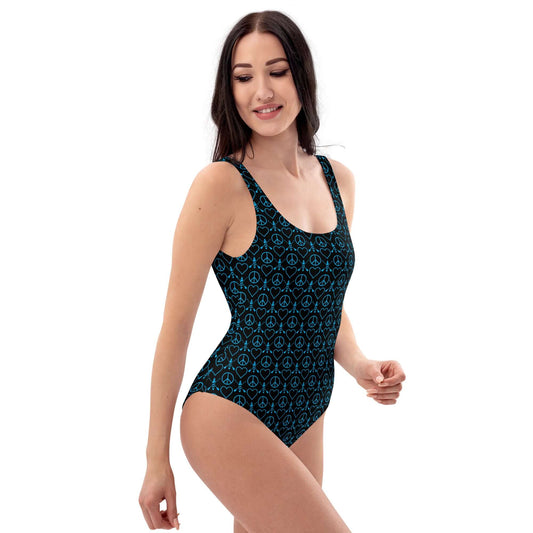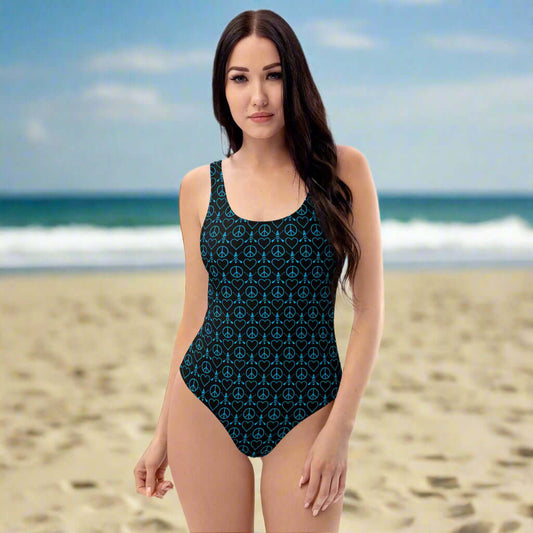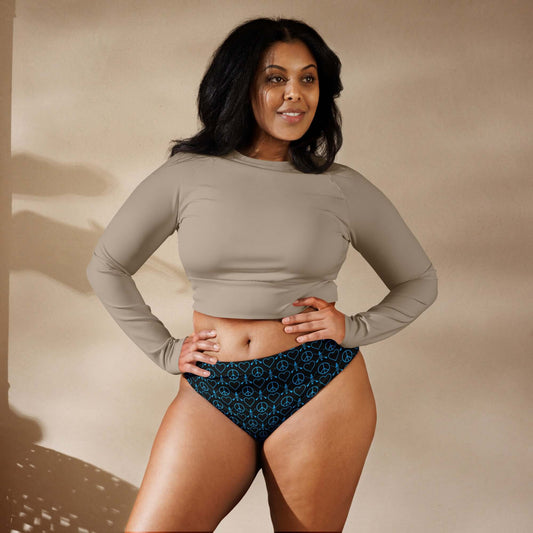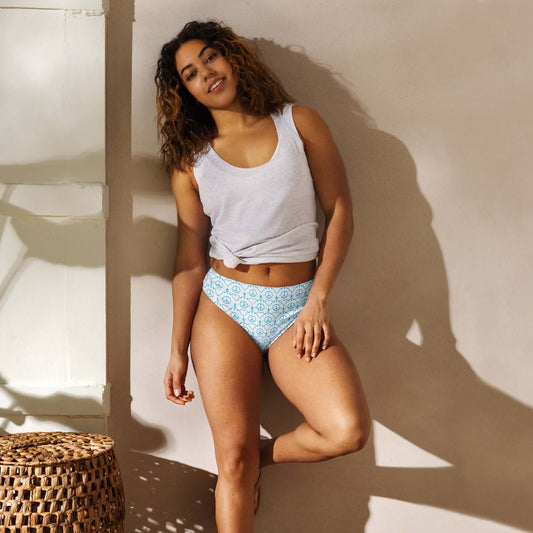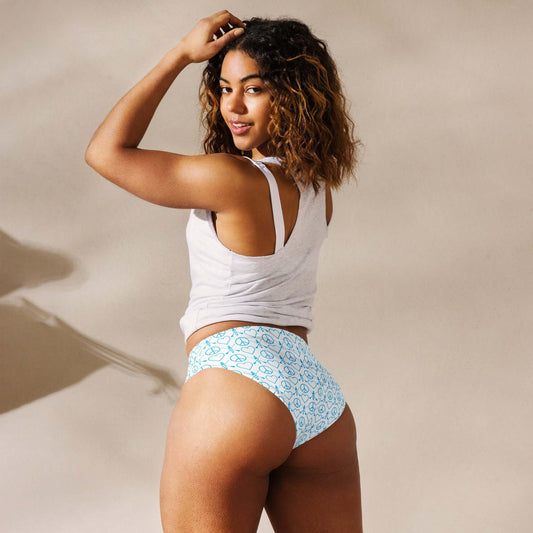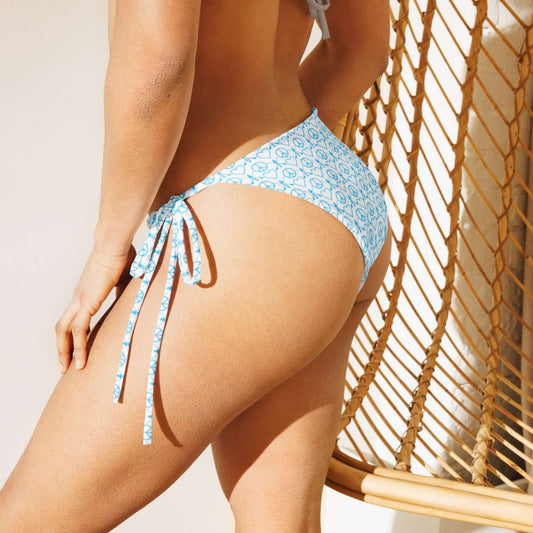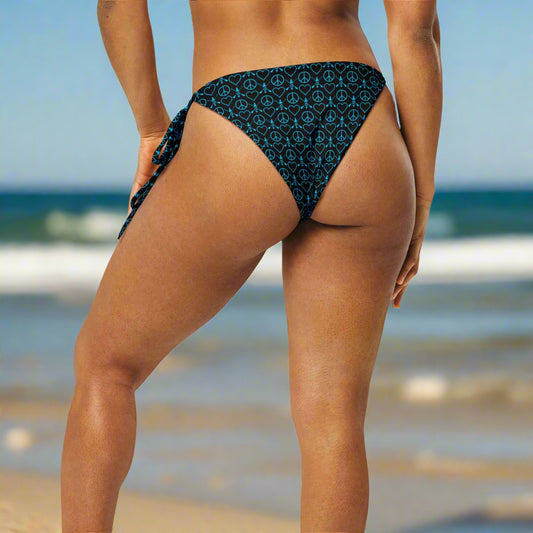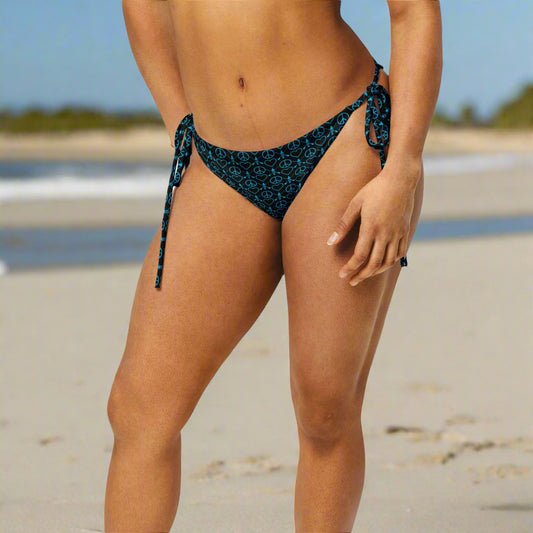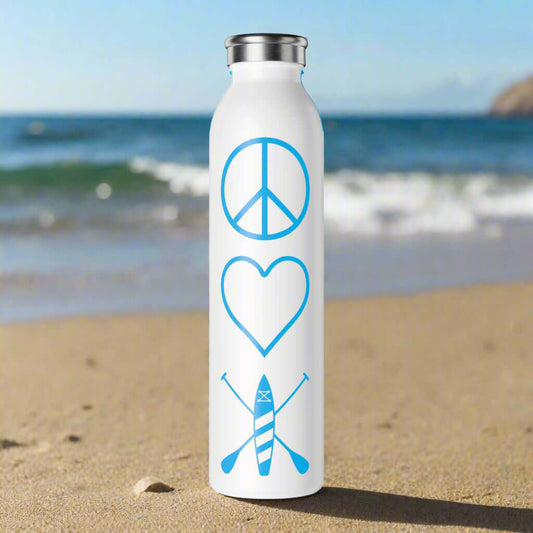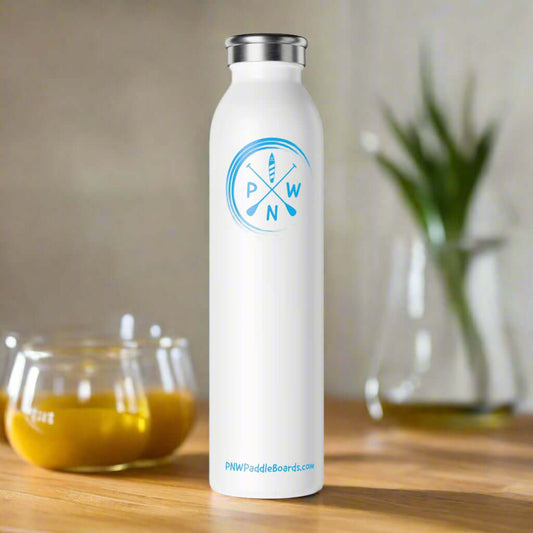
Guide to Selecting the Right Epoxy Stand Up Paddleboard
Frequently Asked Questions
1. What is the construction of epoxy paddleboards?
2.What size epoxy paddleboard should I get?
3. What are the benefits of epoxy paddleboards vs. soft top paddleboards?
4. Accessories You May Want for Paddleboarding
5. What Are The Principles For Choosing The Paddleboard Before Buying?
Stand Up Paddleboarding (SUP) isn’t just a sport—it’s an adventure that connects you with the water and the breathtaking landscapes around you. With so many options available, choosing the perfect epoxy stand-up paddleboard can feel overwhelming. This guide will walk you through the key factors to consider, helping you find the best board for your needs so you can make the most of every paddling experience.
An Introduction to Epoxy Paddleboard Basics
Before diving into the selection process, it’s important to understand what epoxy paddleboards are. These boards are made with a lightweight foam core coated in a durable epoxy resin, providing excellent rigidity and strength. This design enhances performance on the water, particularly for those looking for speed and stability.
Compared to soft-top paddleboards, epoxy boards have a sleek, rigid surface that holds up well in rougher waters while still delivering a smooth ride. Because of this, they’re a great choice for paddlers of all skill levels. But how do you pick the right one? Let’s explore the essential factors to keep in mind.
Key Factors to Consider When Choosing an Epoxy Paddleboard
1. Paddleboard Size and Dimensions
The size of your paddleboard plays a major role in how it performs on the water. Consider these dimensions when making your choice:
- Length: Longer boards (11-14 feet) are faster and better for covering open water, while shorter boards (9-10 feet) are more maneuverable, making them ideal for rivers and smaller lakes.
- Width: Wider boards (30 inches or more) offer added stability, which is great for beginners or those using their board for yoga. Narrower boards move faster, making them better suited for experienced paddlers.
- Thickness: Thicker boards (4-6 inches) provide extra buoyancy, making them ideal for heavier paddlers or those carrying gear.
2. Intended Use of the Paddleboard
Your paddleboard should match how you plan to use it. Here are some common uses and the best board types for each:
- Recreational Paddling: For cruising calm waters, choose a wider board with a stable design.
- Yoga & Fitness: If you’re using your board for yoga or workouts, opt for one that’s wide and stable for better balance.
- Racing: Competitive paddlers will benefit from a longer, narrower board that provides speed and efficiency.
- Touring: Planning long-distance paddles? Touring boards combine speed and stability for extended trips.
3. Weight Capacity
Each paddleboard has a weight limit, which is crucial to consider. Overloading your board can negatively impact its performance and stability. Choose a board with a weight capacity that exceeds your total expected load, including any gear you plan to bring along.
4. Paddleboard Shape
The shape of your board affects how it moves through the water:
- Planing Hull: Wider and more stable, ideal for surfing and casual paddling.
- Displacement Hull: Narrower with a pointed nose, designed to cut through the water efficiently for long-distance paddling.

Why Choose an Epoxy Paddleboard?
Epoxy stand-up paddleboards offer a range of benefits that make them a popular choice:
✅ Durability: Epoxy construction resists dings and scratches, making it suitable for various water conditions.
✅ Lightweight Design: The lightweight nature of epoxy boards makes them easy to handle, transport, and maneuver.
✅ Enhanced Performance: A rigid structure provides superior speed and glide compared to inflatable or soft-top boards.
✅ Versatility: Whether you’re cruising, racing, or practicing yoga, epoxy boards can handle multiple activities.
Epoxy vs. Soft Top Paddleboards
Both types have their advantages, but here’s how they compare:
- Soft Top Paddleboards: Softer surfaces provide extra comfort and safety, making them great for beginners and families. However, they don’t offer the same level of speed and maneuverability as epoxy boards.
- Epoxy Paddleboards: Ideal for those serious about paddleboarding and looking for high performance. While they require more care, they provide excellent speed and handling.
Budget Considerations
Paddleboard prices vary based on brand, materials, and features. Here’s a breakdown of what to expect:
💰 Entry-Level Boards: Affordable epoxy options are available for beginners looking for a balance between cost and quality.
💰 Mid-Range Boards: Designed for hobbyists, these boards offer improved durability and performance.
💰 High-End Boards: Competitive paddlers may want to invest in premium boards with advanced technology for maximum performance.
Don’t forget to budget for essential accessories like paddles, personal flotation devices, and storage solutions. These items will enhance your experience and ensure your safety on the water.
Try Before You Buy
One of the best ways to find the right paddleboard is to test different options before making a purchase. Look for local rental shops or demo days where you can try out different sizes, shapes, and styles. This hands-on experience will help you make a more informed decision and connect with the local paddling community.
Shopping for a Paddleboard Online
If you’re buying online, here are some tips to ensure a smart purchase:
🔍 Read Reviews: Customer feedback offers insights into performance, durability, and overall quality.
🔍 Check Return Policies: A flexible return policy allows you to exchange the board if it’s not the right fit.
🔍 Compare Prices: Shop around to find the best deal before making a decision.
Essential Accessories for Paddleboarding
To get the most out of your paddleboarding adventures, consider these must-have accessories:
✔ Paddle: A high-quality paddle that complements your board’s length and your paddling style.
✔ Leash: A safety leash keeps your board attached to you, preventing it from drifting away if you fall off.
✔ Personal Flotation Device (PFD): Always prioritize safety by wearing a comfortable and reliable PFD.
✔ Storage & Transportation: Invest in board bags, roof racks, or carts to make transporting your board easier.
Join the Paddleboarding Community
Once you have your epoxy stand-up paddleboard, consider joining a local paddling group. The Pacific Northwest and other regions offer a vibrant paddleboarding community with events, meetups, and group excursions. Not only will you discover new waterways, but you’ll also make lasting connections with fellow paddlers.
Get Ready to Paddle!
Now that you know what to look for in an epoxy stand-up paddleboard, it’s time to choose the perfect board and hit the water! Whether you’re gliding through scenic lakes, tackling waves, or simply enjoying the outdoors, the right paddleboard will enhance your experience.
Your next adventure starts now—grab your board and embrace the excitement of paddleboarding! 🌊🏄♂️

